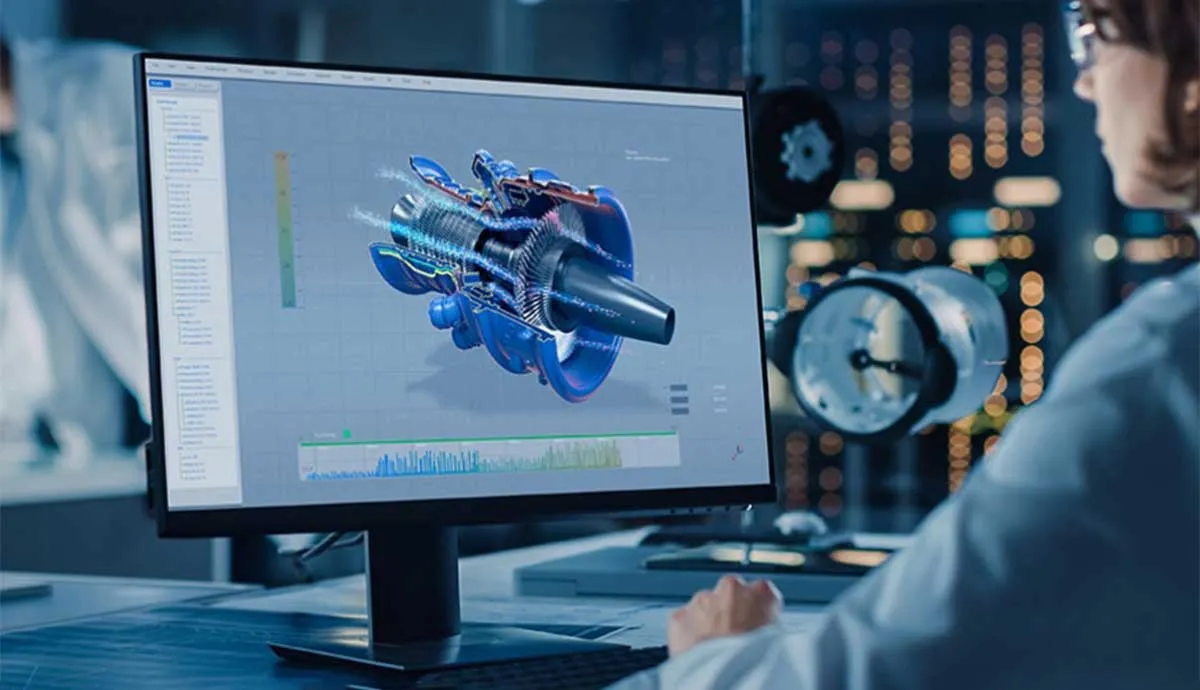Engineering simulation enabled by Finite Element Analysis (FEA) is a powerful aid in the new product development process. In a previous article, we covered the basics of FEA, including what it is and how it helps.
Transform Product Development with FEA
Learn 4 ways engineering simulation aids the design process
1. Gain advanced insight into design performance
When a model is calibrated correctly, it creates an accurate numerical twin of its physical counterpart that produces valuable insights. Compared to a physical prototype and test, this makes it easier to see where the design might be failing or where it has weaknesses.
Even without physical data, the simulation can still be useful for comparing the design, material, and process. For example, you could find that one design achieves a certain percent more in performance than another design, such as in impact resistance or strength. This insight can then be used to make design and engineering decisions.
2. Iterate rapidly to see how design changes affect performance
With a qualitative model, when the design is changed or refined, you can very quickly and easily get results through simulation for how the iteration might perform in reality. For example, if you have 10 ribs, what would happen if you removed 2? What happens if you change the material, processing conditions, testing conditions, or environmental variables?
3. Save time and money
Digital prototyping and testing can eliminate the need for early physical versions. This reduces the number of required prototypes before shifting into the production mold. It may also help to streamline lead times or avoid costs associated with performing multiple rounds of physical testing.
4. Reduce risk
It is essential to be critical when setting up the simulation parameters and inputs. This creates a foundation of trust in the data outputs. Once that trust is established, you can also gain confidence that the design, process, and material for your product will perform as intended.
Take, for instance, using FEA for a metal-to-plastic conversion. If you are used to designing in metals, you might be surprised when a polymer’s technical data sheet does not translate into part performance you anticipated. Many metals can approximate linear elastic behavior, but polymer behavior is not so easily simplified to one modulus, making it more challenging to predict performance based on a data sheet. FEA allows a nonlinear analysis in plastic part design that provides a more accurate representation and can help to eliminate potential field failures or what might be unanticipated part performance.
Conclusion
Incorporating engineering simulation into the design process can give key insights that can make a project successful. If you have important functional questions about your design, your project is likely a good candidate for evaluation with FEA.
As with all engineering and design, quality results from engineering simulation require the right capabilities, expertise, and experience. To learn more about FEA and how it can be applied to your polymer application, contact an expert at Avient today!
